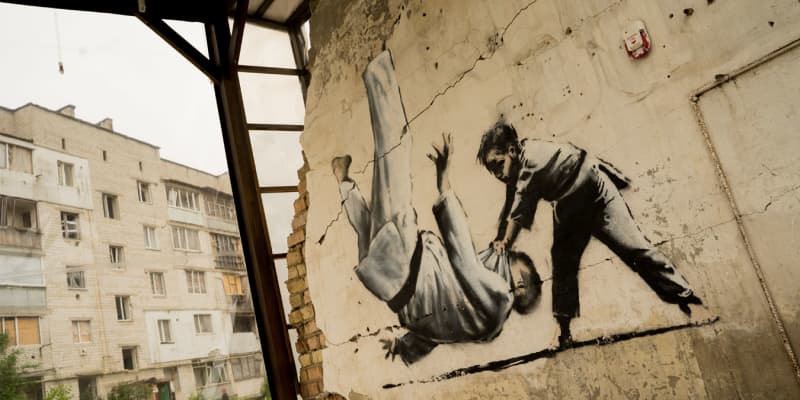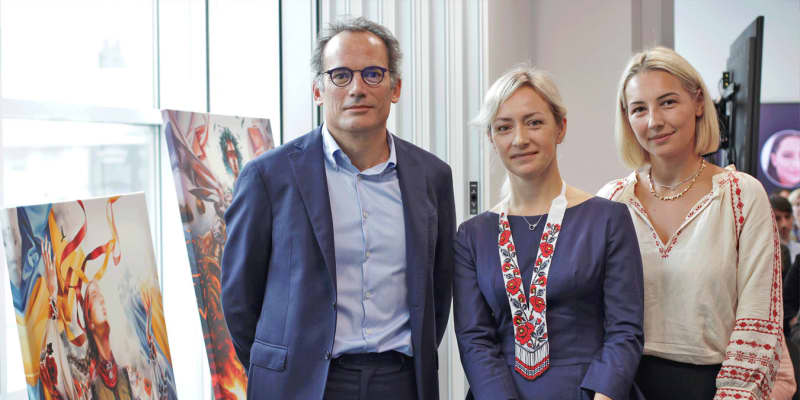REBUILDING UKRAINE
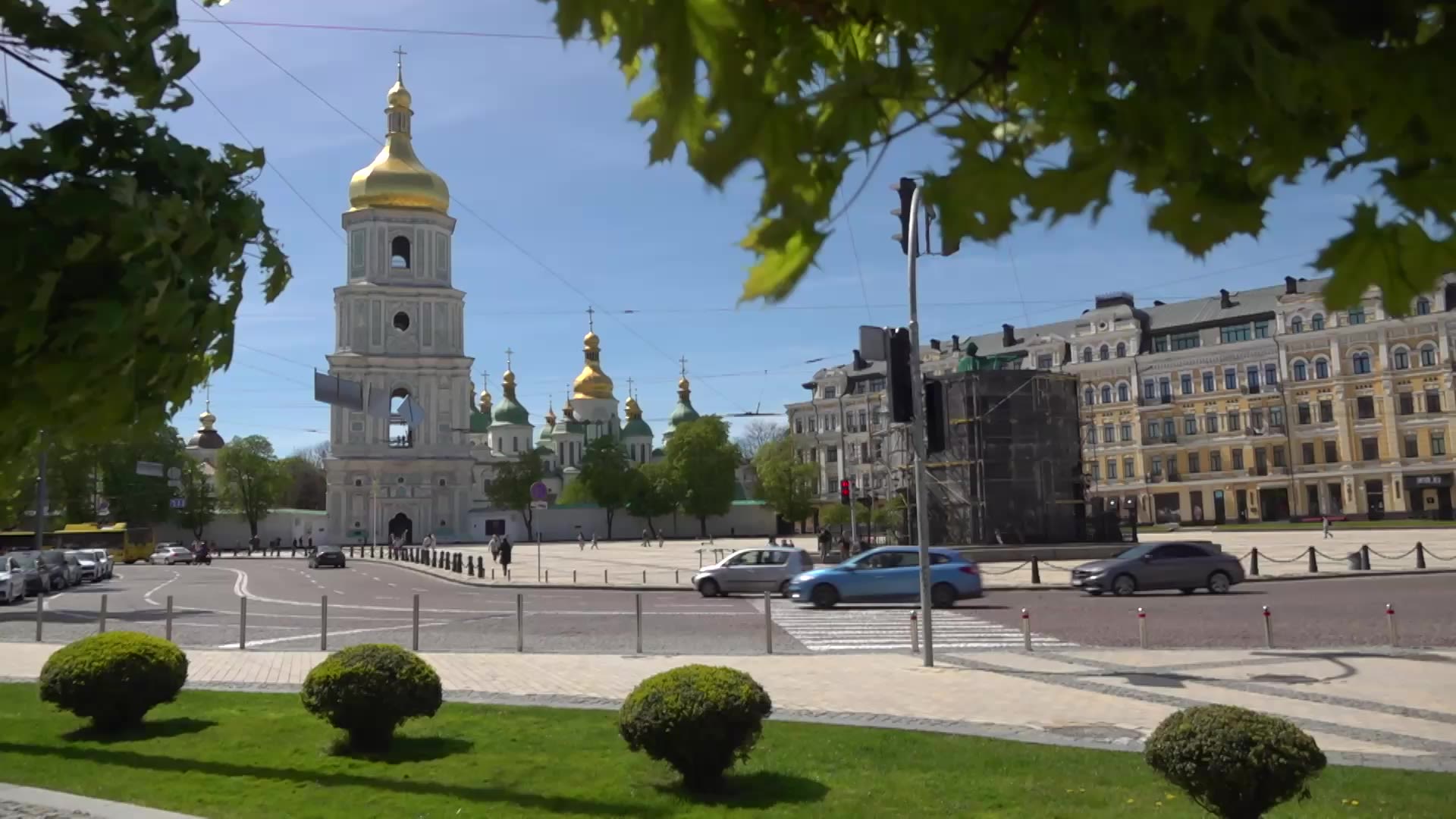

Ukraine’s private sector is playing a decisive and strong role in the country’s economic recovery over two years after Russia’s invasion. Although Ukraine’s economic output is still considerably smaller than before the war, its economic growth exceeded expectations in 2023.
The resilience of Ukraine's businesses—combined with substantial international support—has helped its economy avoid collapse: Even though the invasion has impacted the output of nearly 85 percent of Ukrainian firms, more than 80 percent of firms that suspended operations in early 2022 were able to partially resume activities within six months.
Getting the country’s economy back on track will require a continuous reform agenda, restoring human capital, strong private sector engagement, and innovative technologies. That’s what global leaders will be discussing at the Ukraine Recovery Conference in Berlin this week, as they explore how to build the country back better.
“A strong private sector is key for Ukraine’s economic revival. Thanks to the resilience of the Ukrainian people, innovations, and support by international organizations, the private sector has endured, maintaining jobs and paying taxes. In the medium-term, the private sector will play a key role in reconstruction, and IFC is preparing for this through our ongoing advisory support and the infrastructure investments we are announcing in Berlin this week.”
Confidence in Ukraine’s investment potential has been boosted by a series of continuous reforms that enable private sector-led growth and sustainability. These include ongoing land reform, sweeping changes in the energy sector, including the adoption of the REMIT law enhancing market transparency, and the Green Transformation law, essential for the renewable energy sector.
While progress has been made, more changes are needed to strengthen the rule of law, reform the judiciary, enhance competition, redefine the role of the state, and allow private sector participation in critical sectors.
IFC has remained “a constant and steady partner to keep the private sector working for Ukraine’s resilience.”
Investor confidence was raised in May when Ukraine received €6 billion in transitional financing from the European Union’s recovery support mechanism, the Ukraine Facility.
Russia’s invasion of Ukraine has not deterred IFC’s long-standing investment relationship with the country, according to Lisa Kaestner, IFC Regional Manager for Ukraine and Moldova. Since February 2022, Kaestner says, IFC has remained “a constant and steady partner, advocating to keep the private sector working for Ukraine’s resilience."
IFC never stopped investing in Ukraine, providing $1.4 billion in financing since the invasion, including mobilization, to support the country’s private sector, with a shift towards longer-term financing, including capital investment.
With support from donor partners including the European Commission, the United Kingdom, the Netherlands, Switzerland, the United States, and Canada, IFC expects to deliver another $1.4 billion to Ukraine’s private sector over the next year.
The World Bank Group has channeled almost $42 billion in donor assistance to Ukraine under various mechanisms that include direct budget and private sector support. Looking ahead, IFC will continue to support sectors with critical needs, such as energy, logistics and transport infrastructure, agriculture, construction materials, and smaller businesses, says Kaestner.
While it may take years for Ukraine’s economy to return to prewar levels, IFC is playing a pivotal role to bring in more investment to speed up economic recovery and Ukraine’s reconstruction efforts.
IFC cannot successfully address Ukraine’s many pressing challenges without increasing collaborative efforts alongside other multilateral development banks to work together more effectively.
As IFC works to help Ukraine maintain economic momentum and bolster the private sector, here’s a closer look at four economic sectors essential to the country’s recovery and growth.

1.
Shoring Up Tech
Despite the upheaval of Russia’s invasion, Ukraine’s technology sector has demonstrated remarkable resilience. In the chaotic first few months of 2022, the sector brought in $3.1 billion, mostly through computer engineers and software developers.
That same year, Ukraine’s tech sector was the only export-focused industry to grow. Now employing up to 300,000 people across Ukraine, technology provides an income of over $7 billion—a 5 percent increase from 2023.
Ukraine's tech sector has demonstrated remarkable resilience.
But to maintain stable service delivery and continue expansion, Ukraine’s tech sector needs better access to capital. That’s why IFC has ramped up support of the sector by investing $5 million in Miratech, a global IT services and consulting company that specializes in enterprise-level customer experience transformations, and another $5 million in Ukrainian-founded Preply, a global online language learning platform.
The investment built on IFC’s landmark $60 million investment in Horizon Capital, a Ukraine-based equity fund and long-term IFC partner focusing on technology and services companies. IFC’s first investment in Ukraine since Russia’s invasion, the investment helped mobilize a further $79 million.



2.
Rebuilding Agriculture
Russia’s invasion of Ukraine has had a devastating effect on Ukraine’s agricultural sector. Once dubbed the breadbasket of Europe, Ukraine remains a key global supplier of grains and oilseeds but has suffered a significant drop in production.
Before the invasion, agriculture accounted for over 30 percent of Ukraine’s exports and contributed more than 8 percent to the country’s GDP. As of December 2023, Ukrainian agricultural producers suffered nearly $10.3 billion in damages and $69.8 billion in losses.
But this is starting to turn around.
In January 2024, despite a reduction in farmed areas across Ukraine and severely disrupted sea trade routes, Ukrainian agri-exports reached their pre-invasion levels. The re-opening of the Black Sea Grain Corridor enabled the export of around 100 million tons of cargo. This is over 110,000 tons more than in 2022. However, in terms of value, this indicator fell by almost 20 percent.
Once dubbed the breadbasket of Europe, Ukraine remains a key global supplier of grains and oilseeds but has suffered a significant drop.
With the Black Sea Corridor Initiative no longer active, Ukrainian ports along the Danube River, bordering with Romania, will remain Ukraine’s largest alternative export route for grains and other goods.
In addition to direct investments, since 2015, IFC has been running a program introducing crop receipts as collateral for payments to support farmers, in partnership with Switzerland’s State Secretariat for Economic Affairs SECO. This advisory program has enabled over $2.3 billion in financing for Ukrainian farmers, including $26 million since the invasion.
IFC is now partnering with the government to introduce electronic crop receipts, which are cheaper, faster and easier to use, after a new law on Agrarian Notes was passed by Ukraine's parliament in February.

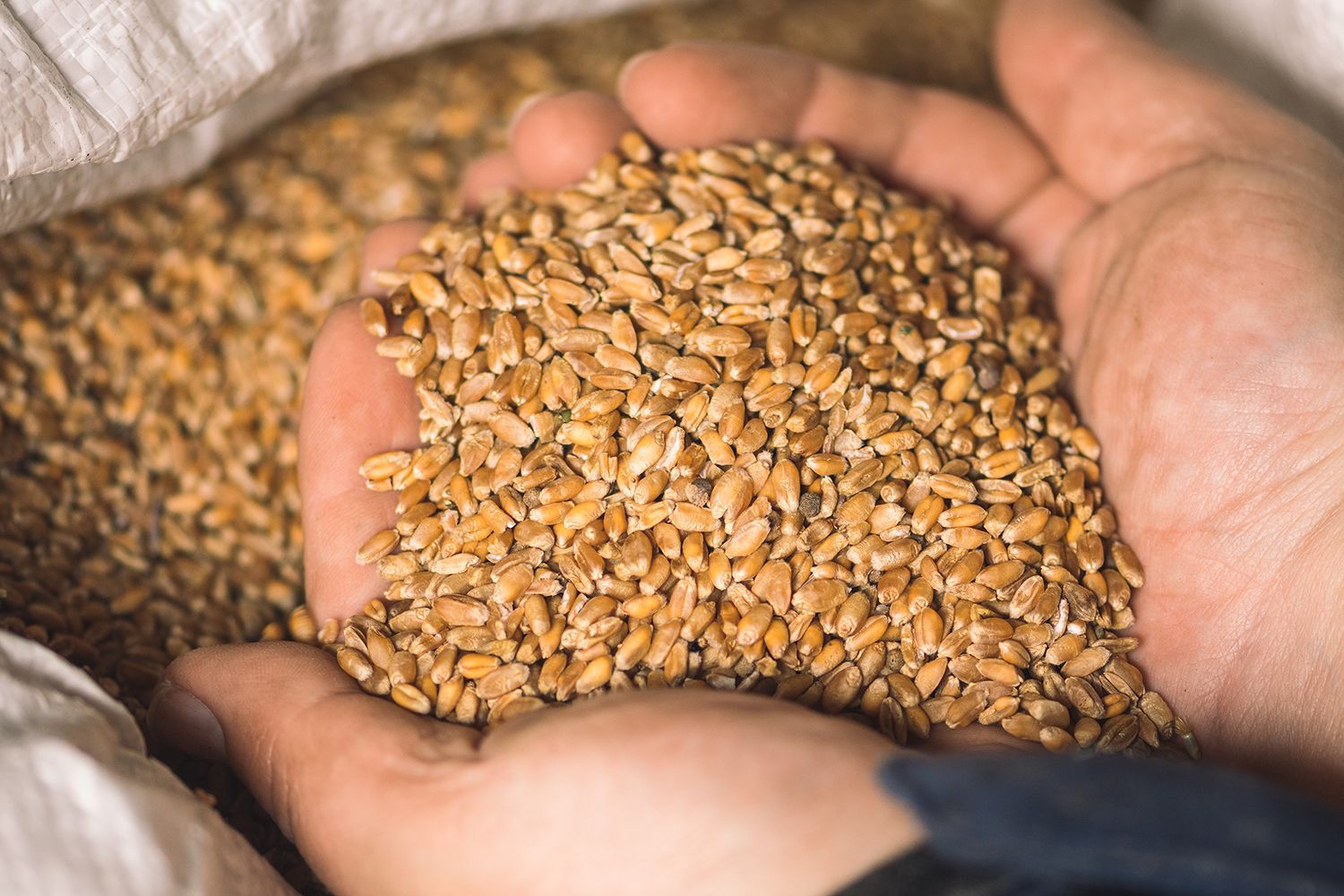
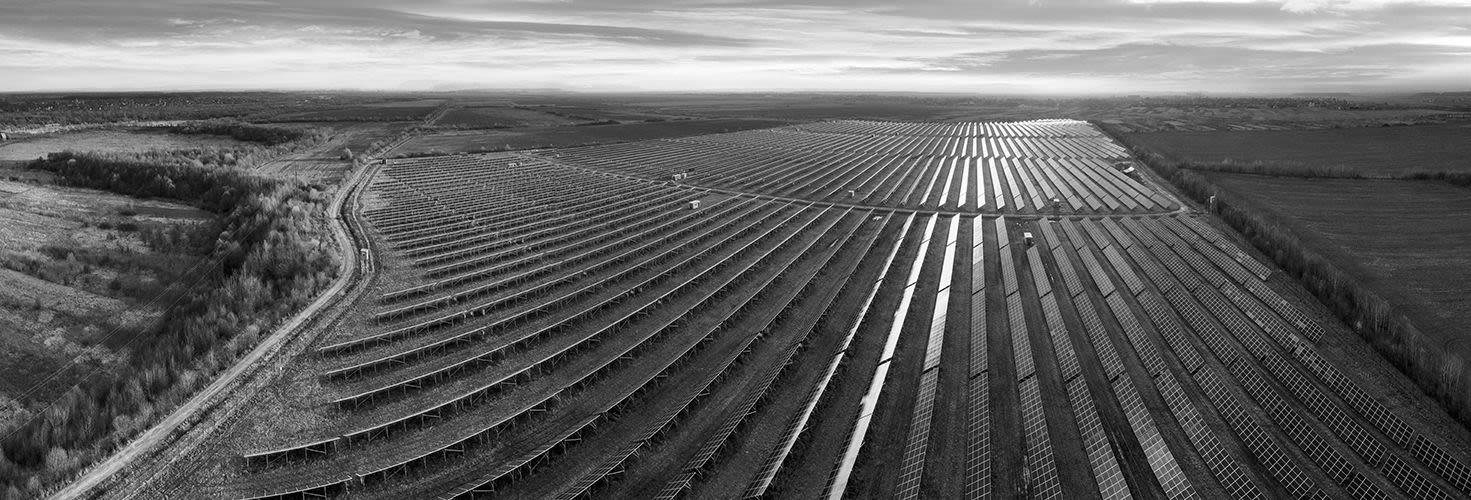
3.
Lighting Up Energy
Since Russia’s invasion of Ukraine, the country’s energy sector has sustained significant damage, losing about 80 percent of its thermal power generation and around 35 percent of its hydroelectric power capacity. Based on the updated Rapid Damage and Needs Assessment (RDNA3), the sector’s reconstruction needs by the end of 2023 were estimated at $47 billion.
According to IFC's Private Sector Opportunities analysis, reforms and policy interventions would enable the private sector to cover over a third of Ukraine's reconstruction needs while creating additional opportunities amounting to $282 billion over the next 10 years. In the energy sector, these opportunities could reach almost $100 billion.
The highest potential for private investors lies in supporting renewables. Regulatory improvements to realize these investments include the timely implementation of measures concerning guarantees of origin, renewable energy auctions, and market-based power purchase agreements with private renewable energy producers.
In addition, further alignment with the European Union through the EU Clean Energy Package, will allow for free price formation—both at wholesale and retail market levels.
The private sector could address up to 76 percent of reconstruction needs.
IFC is working on near-term opportunities in the energy sector, seeking to help spur alternative business models in the current legislative environment, and preparing for the scale-up needed in the medium term, subject to the adoption of key reforms.
IFC and the International Bank for Reconstruction and Development have established the RENEW Ukraine Initiative to create a market for grid-connected, renewable energy projects at scale and at competitive tariffs. The program aims to add 20 gigawatts of wind and solar and 5 gigawatts of battery storage by 2040.
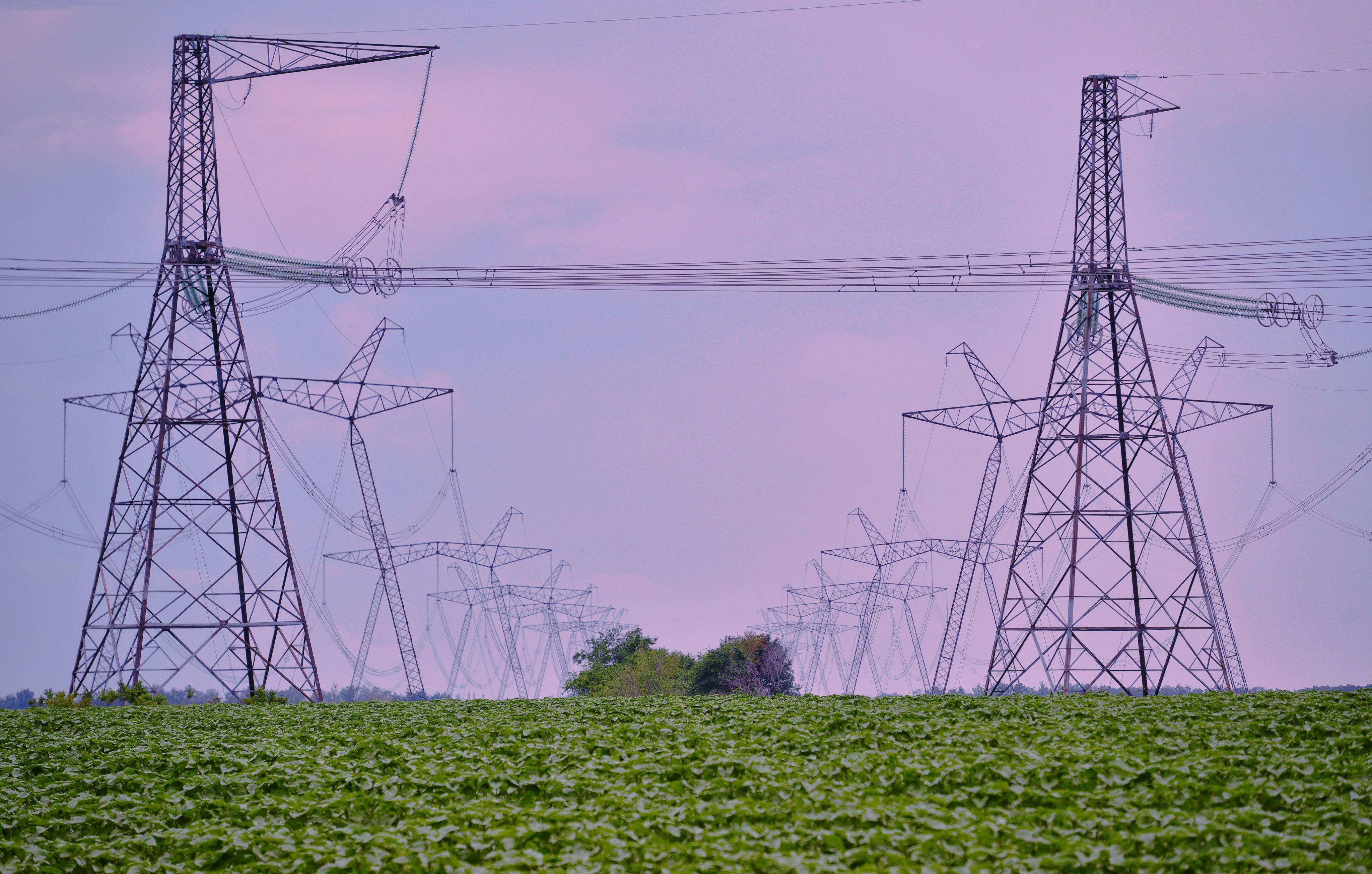

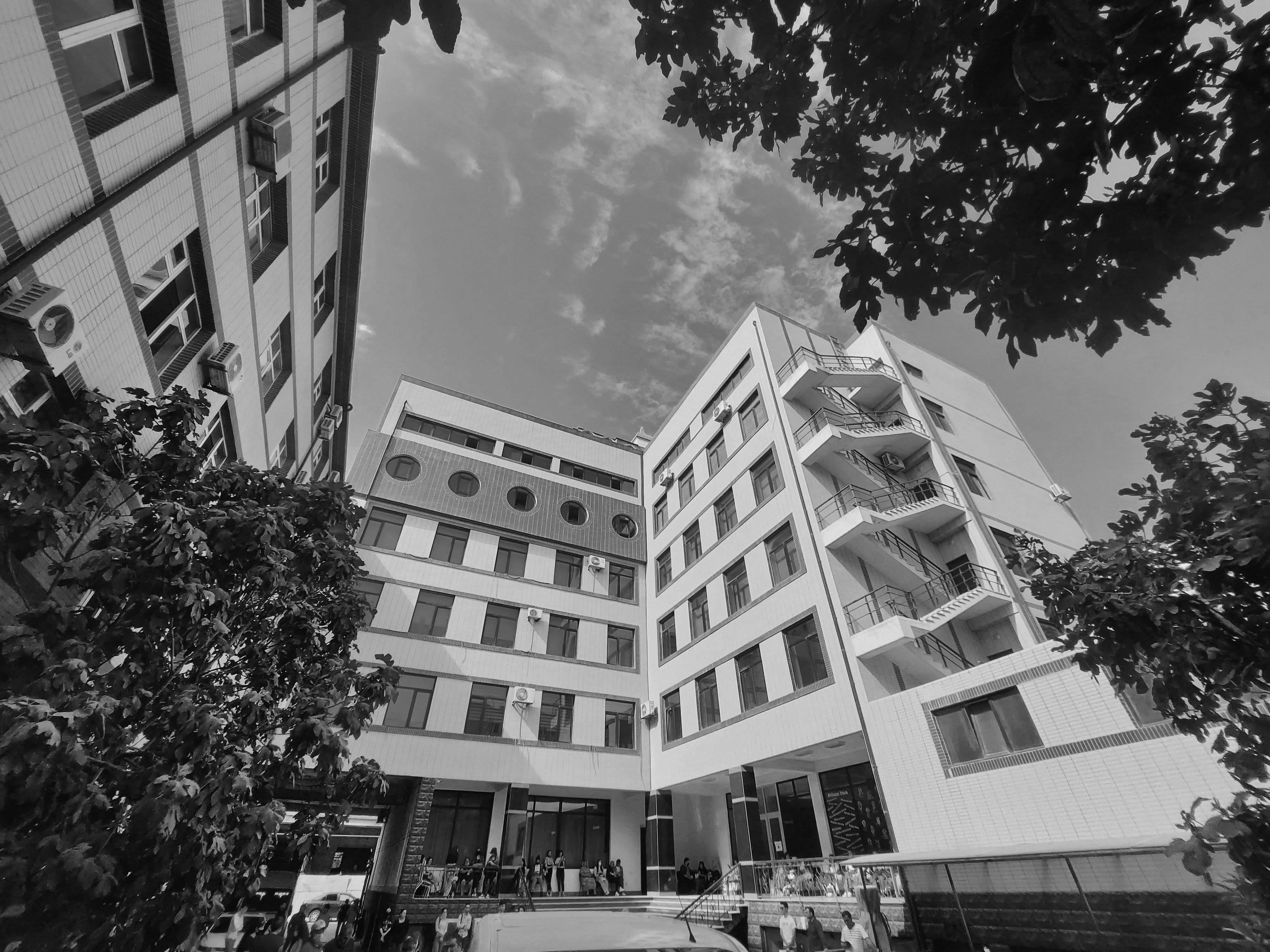
4. Bolstering Ukraine's Banks
A liquid and resilient financial sector is a precondition for Ukraine’s long-term recovery.
Ukraine’s banks have withstood the financial shock of the Russian invasion well, and are relatively profitable, liquid, and well-capitalized. The sector’s key task now is to increase lending, including through reliable de-risking instruments.
In the financial sector, IFC is helping Ukraine’s financial institutions increase lending to small and medium enterprises (SMEs) by developing the sector to tackle gaps related to financial inclusion.
Ukraine’s banks have withstood the financial shock of the Russian invasion well.
IFC has invested over $340 million in guarantees to support trade finance transactions and established a $100 million risk-sharing facility to de-risk and enable $200 million in lending to SMEs.
In addition to investment support for the financial sector, IFC has a strong advisory program in Ukraine, helping to modernize the banking sector and improve access to finance.
To address regulatory misalignment, IFC is supporting the development of a fintech regulatory framework to create an ecosystem that will offer innovative financial solutions and accessible digital services.
IFC also established an initiative called Digital Data Corridors (DDC), to help Ukrainian refugees get easier access to credit cards, loans, and other services. Already operational in 10 countries, the DDC offers cross-border electronic data exchange between Ukraine and financial institutions in Poland, Georgia, Moldova, and Latvia, among others.
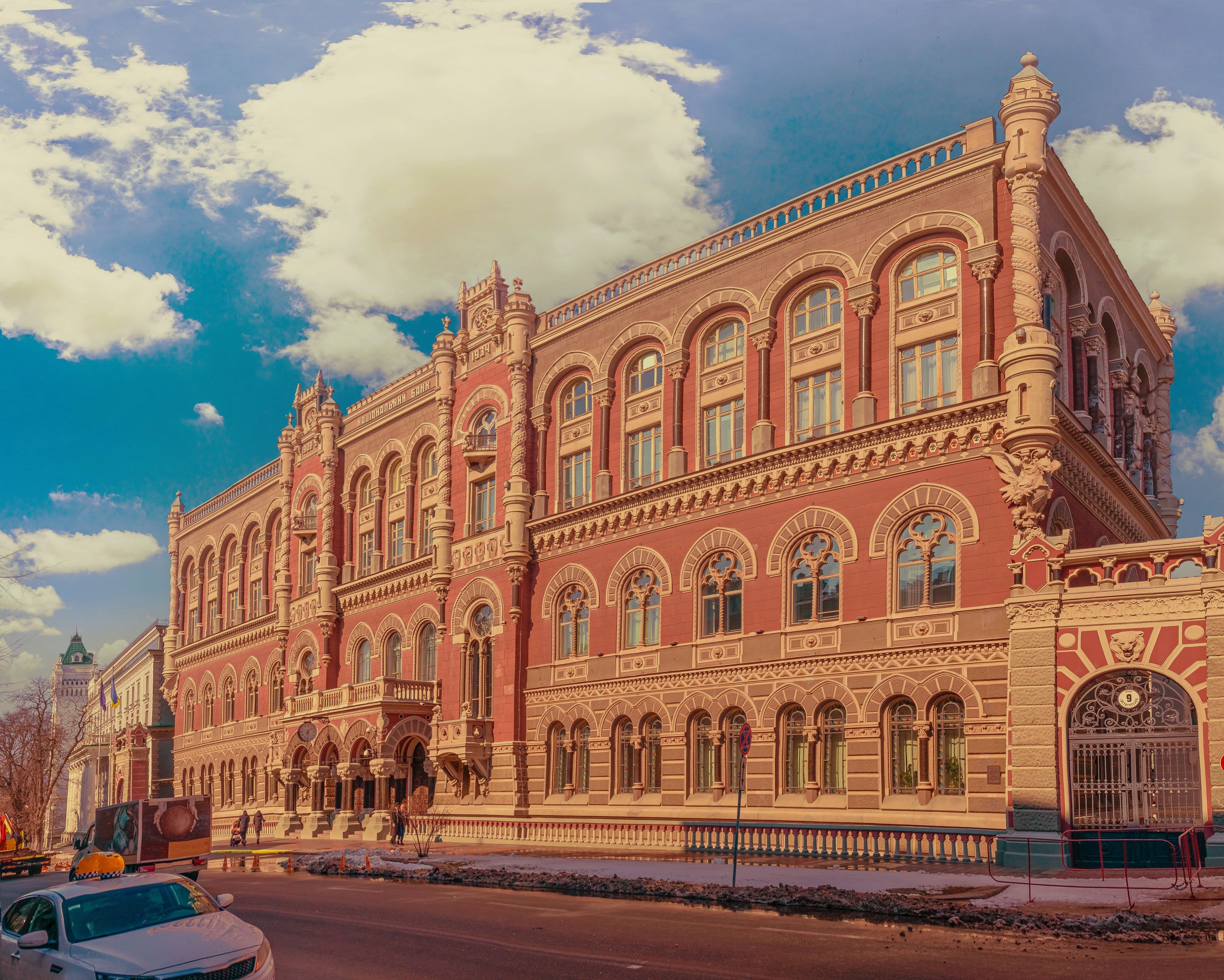


PUBLISHED IN JUNE 2024
Read more about our work in Ukraine









